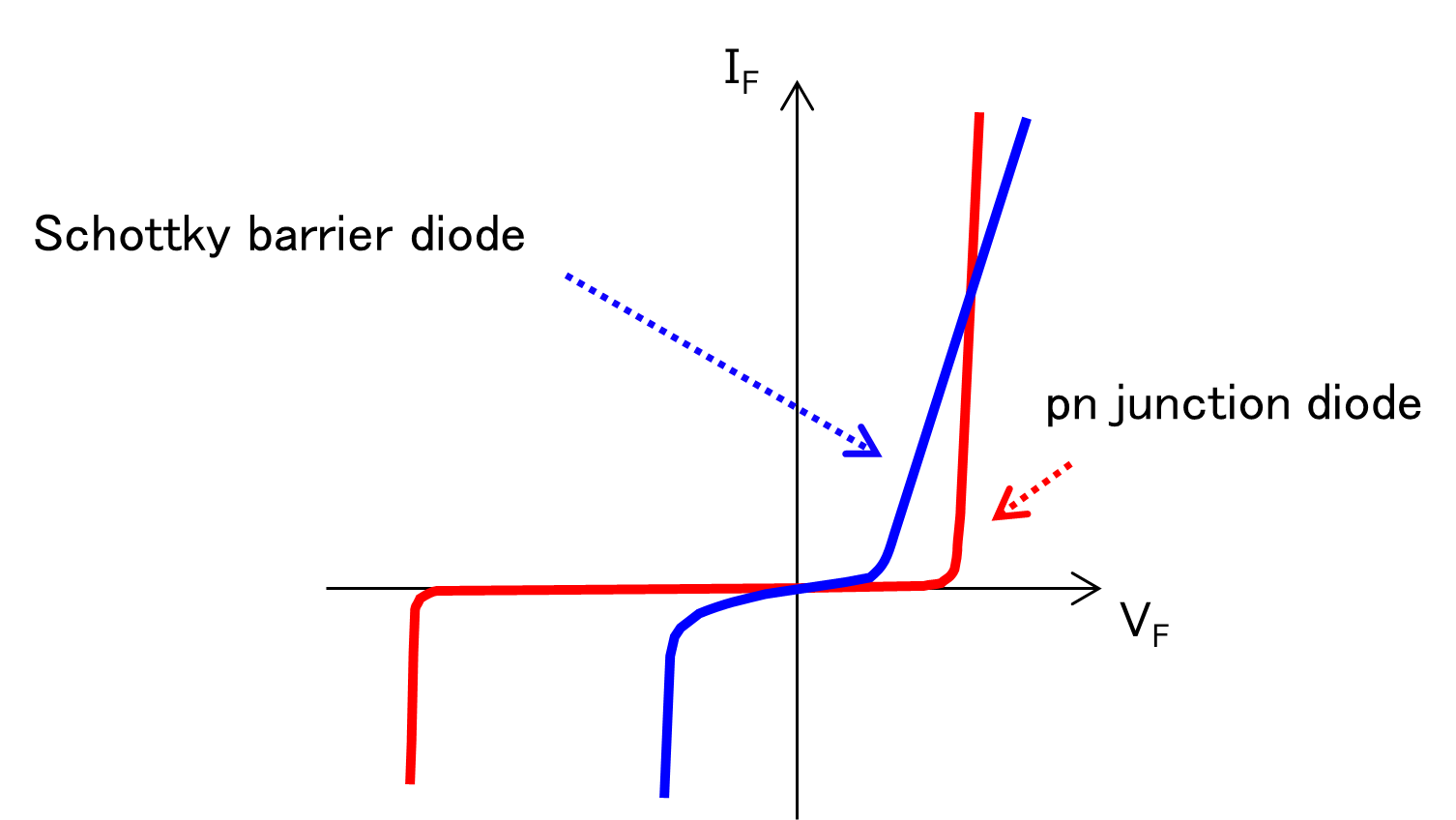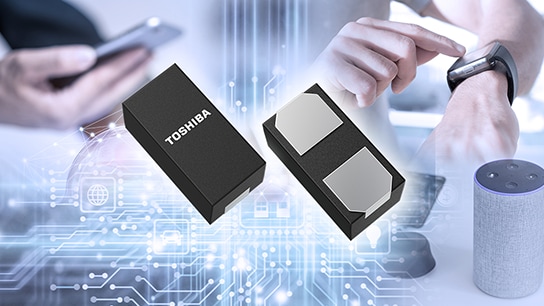-
My ToshibaSemicon
- 반도체 탑
-
애플리케이션Automotive
Body Electronics
xEV
In-Vehicle Infotainment
Advanced Driver-Assistance Systems (ADAS)
Chassis
IndustrialInfrastructure
BEMS/HEMS
Factory Automation
Commercial Equipment
Consumer/PersonalIoT Equipment
Healthcare
Wearable Device
Mobile
Computer Peripherals
-
제품자동차 디바이스
Discrete Semiconductor
다이오드
트랜지스터
로직 IC
Analog Devices
Digital Devices
Wireless Devices
※
: Products list (parametric search)
파워반도체※
: Products list (parametric search)
Isolators/Solid State RelaysPhotocouplers
Digital Isolators
Solid State Relays
Fiber Optic Transmitting Modules
※
: Products list (parametric search)
MOSFETsIGBTs/IEGTs바이폴라 트랜지스터※
: Products list (parametric search)
다이오드※
: Products list (parametric search)
마이크로컨트롤러모터 드라이버 ICIntelligent Power ICs※
: Products list (parametric search)
전원관리IC리니어 IC※
: Products list (parametric search)
범용로직IC리니어 이미지 센서기타 제품용 IC기타 제품용 IC
※
: Products list (parametric search)
-
개발/설계 지원
-
기술 자료
- 구매처
- 부품 번호 & 키워드 검색
- 상호 참조 검색
- 파라미터 검색
- 재고 확인 및 구매
This webpage doesn't work with Internet Explorer. Please use the latest version of Google Chrome, Microsoft Edge, Mozilla Firefox or Safari.
3글자 이상 입력하세요. Search for multiple part numbers fromhere.
The information presented in this cross reference is based on TOSHIBA's selection criteria and should be treated as a suggestion only. Please carefully review the latest versions of all relevant information on the TOSHIBA products, including without limitation data sheets and validate all operating parameters of the TOSHIBA products to ensure that the suggested TOSHIBA products are truly compatible with your design and application.Please note that this cross reference is based on TOSHIBA's estimate of compatibility with other manufacturers' products, based on other manufacturers' published data, at the time the data was collected.TOSHIBA is not responsible for any incorrect or incomplete information. Information is subject to change at any time without notice.
3글자 이상 입력하세요.
What types of diodes does Toshiba provide?
There are many types of diodes. Diodes can be categorized into pn junction diodes and metal-semiconductor junction diodes known as Schottky barrier diodes (SBDs) according to their structures. Toshiba classifies diodes as follows.

Pn junction diodes are further divided into rectifier and switching diodes that are normally used in the forward direction and Zener (constant-voltage) and ESD protection (TVS) diodes designed to exploit breakdown voltage in the reverse direction.
In addition, pn junction diodes are further subdivided by matching their processes depending on the application. For example, pn junction diodes are available in such types as: fast recovery diodes (FRDs) in which reverse recovery charge is reduced to achieve a shorter reverse recovery time than for typical rectifier diodes; variable-capacitance (varicap) diodes that utilizes the fact that the capacitance of the depletion layer changes with the reverse bias voltage; and radio-frequency switching diodes (known as PIN diodes) that have an undoped intrinsic (I) semiconductor region between p-type and n-type semiconductors to increase the width of the depletion region and thereby reduce capacitance.
SBDs have a low forward voltage (VF), and since they are unipolar devices, they are essentially free of reverse recovery charge.

Related Links
For products, please refer to the following links.





